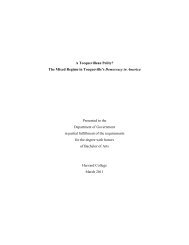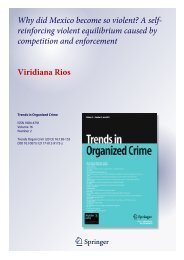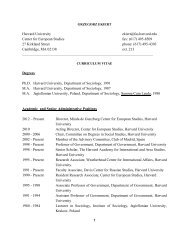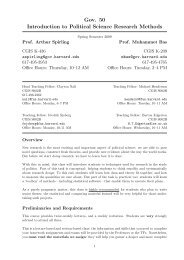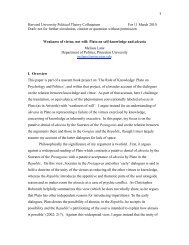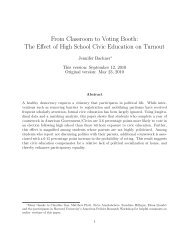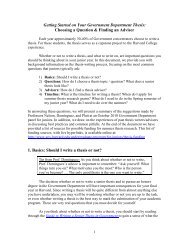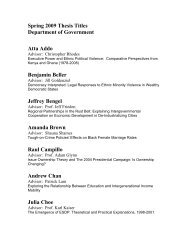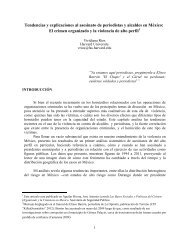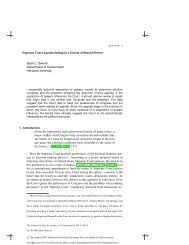Security issues and immigration flows: Drug-violence refugees, the ...
Security issues and immigration flows: Drug-violence refugees, the ...
Security issues and immigration flows: Drug-violence refugees, the ...
Create successful ePaper yourself
Turn your PDF publications into a flip-book with our unique Google optimized e-Paper software.
<strong>and</strong> enrollment in English as a second language school programs has gone up.<br />
In this paper I presented <strong>the</strong> first quantitative evidence available, to show that<br />
<strong>the</strong> reason behind this sui generis Mexican migration patterns is not to be found at traditional<br />
explanations of migration dynamics. Mexicans are not crossing into <strong>the</strong> US to<br />
get better-paid jobs or run away from economic hardship, at least this is not <strong>the</strong> only<br />
reason. Instead, I argue that Mexicans are migrating out of fear of drug-related <strong>violence</strong><br />
<strong>and</strong> extortion which has spiked since 2008. This is particularly true at border counties<br />
where Mexican drug-trafficking organizations have causes large increments in homicides<br />
rates, <strong>and</strong> where migration to <strong>the</strong> US entails relatively low costs.<br />
My estimates showed that even controlling for normal conditions fostering migration,<br />
like employment <strong>and</strong> education, drug-related <strong>violence</strong> <strong>and</strong> extortion explain a<br />
significant part of migration <strong>flows</strong> both within Mexico <strong>and</strong> from Mexico to <strong>the</strong> US. In<br />
my preferred specification (model 3), every one point increase in <strong>the</strong> rate drug-related<br />
homicides per 100,000 inhabitants is correlated with 6.34 Mexicans fleeing <strong>the</strong>ir county<br />
of residency. A total of 264,693 Mexicans have moved <strong>the</strong>ir residency in direct response<br />
to drug-related homicides.<br />
Though my methodology does not allow me to disentangle what proportion of<br />
Mexicans left violent cities to relocate at o<strong>the</strong>r less violent cities within Mexico versus<br />
those who did it to relocate at <strong>the</strong> US, case studies of border communities such as Mier<br />
<strong>and</strong> Juarez showed that quite a significant share of immigrants are actually crossing <strong>the</strong><br />
border to live in <strong>the</strong> US, particularly Texas. Fur<strong>the</strong>r research would need to be done to<br />
disentangle <strong>the</strong>se two different migration destinations. The goal of this piece has been to<br />
show that traditional economic factors determining migration patterns from Mexico to<br />
<strong>the</strong> US cannot account for large, recent migration <strong>flows</strong>.<br />
New Mexican immigrants are more similar to <strong>violence</strong> <strong>refugees</strong> than to illegal workers.<br />
As such, <strong>the</strong> only way to stop migration <strong>flows</strong> to keep growing at <strong>the</strong> border is to<br />
20



